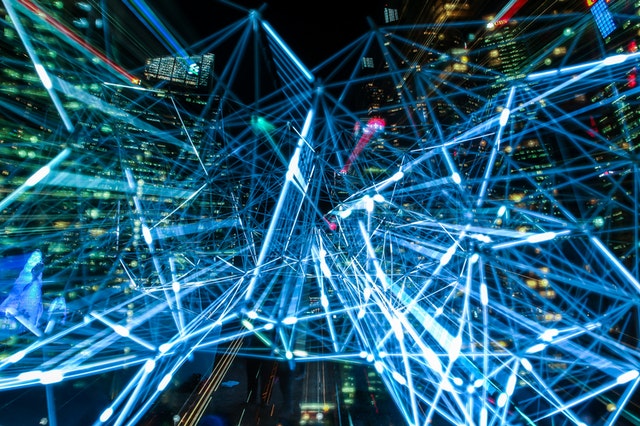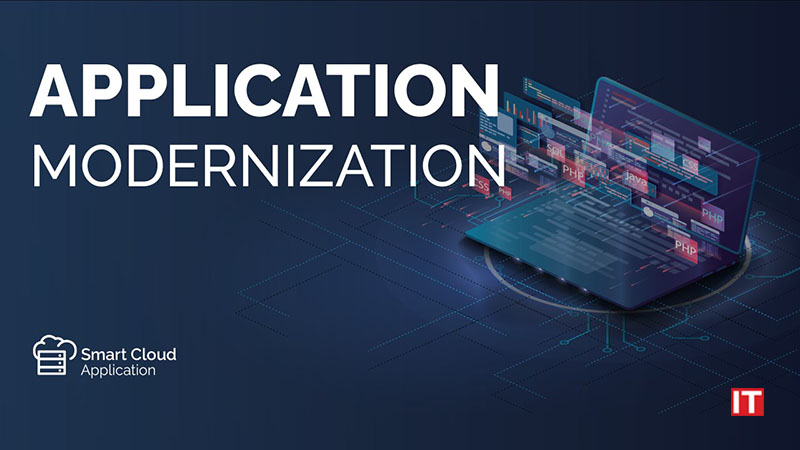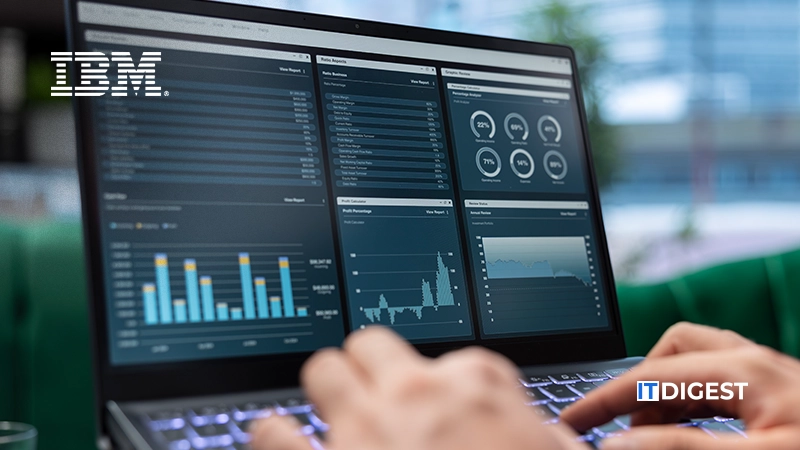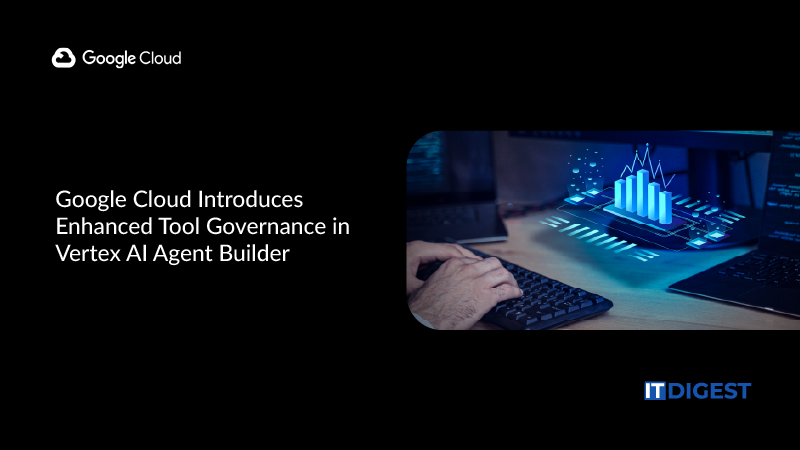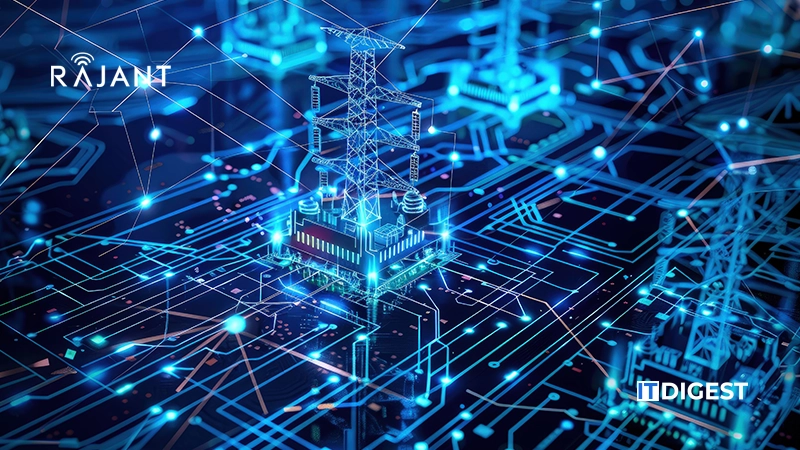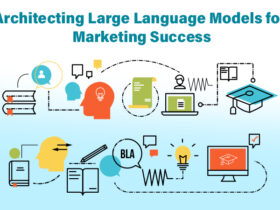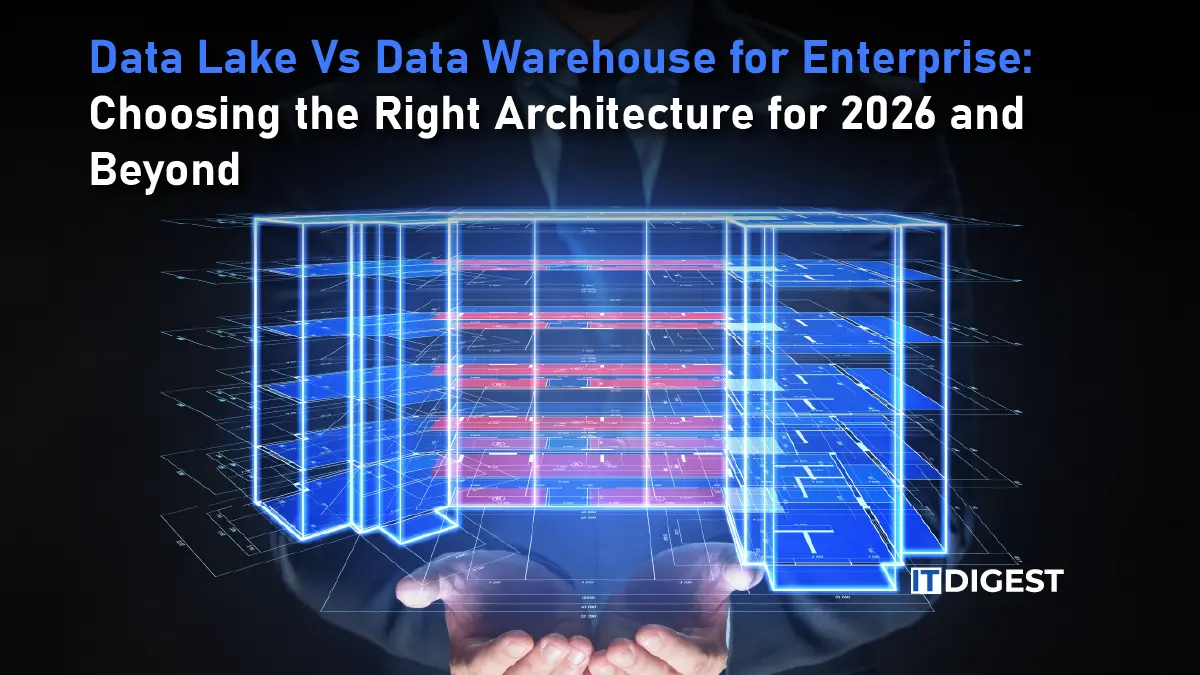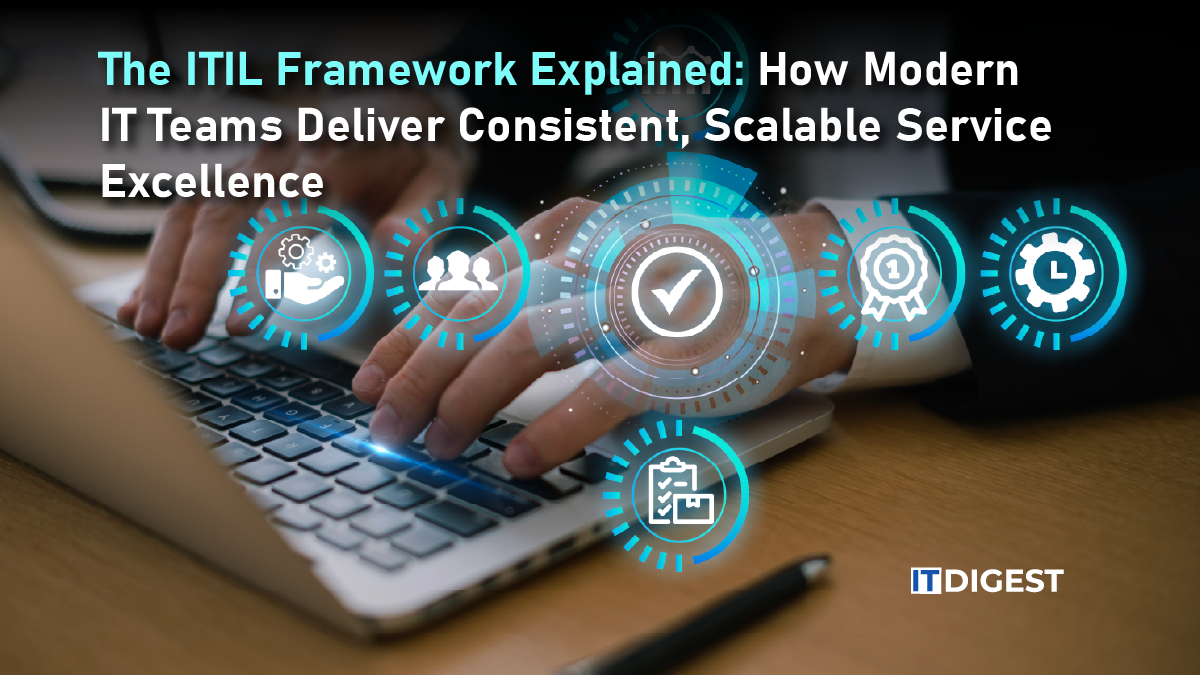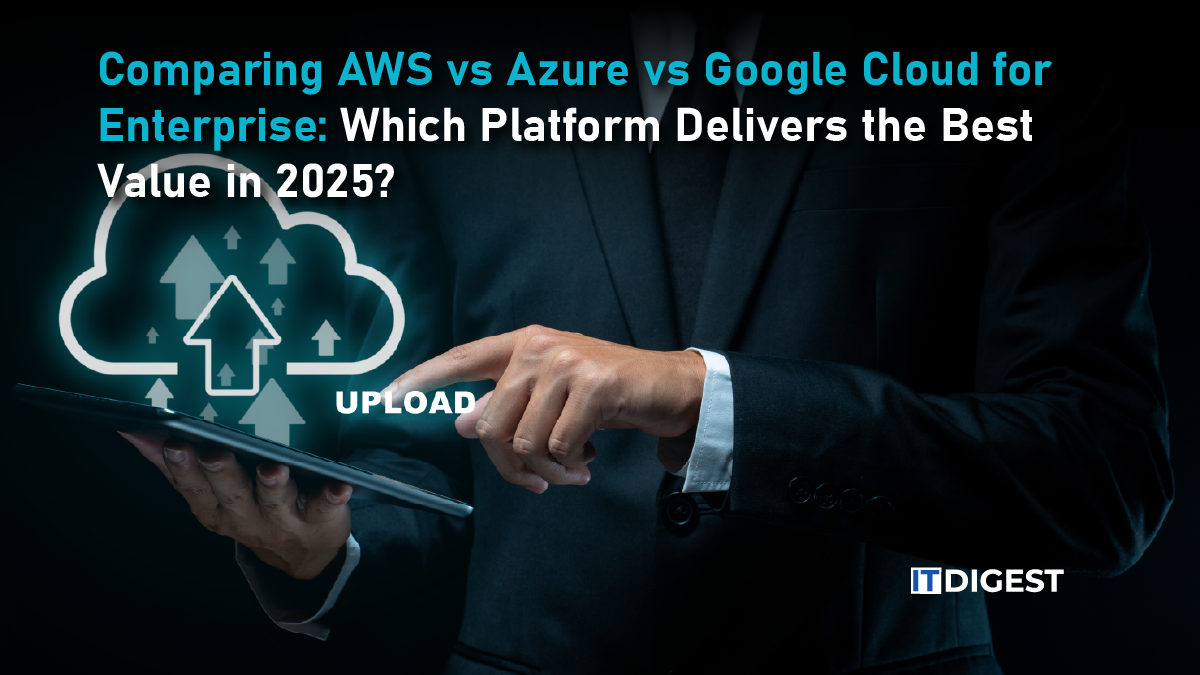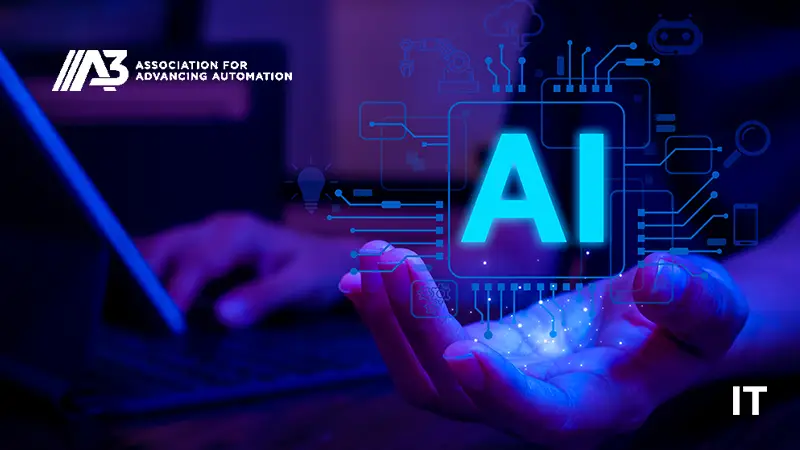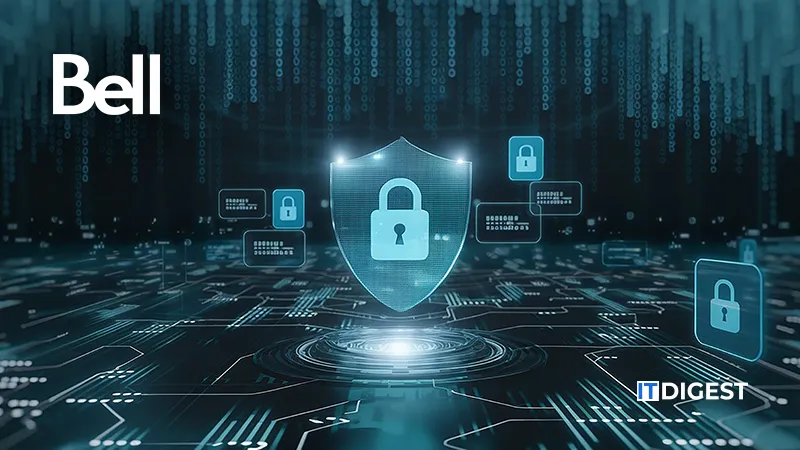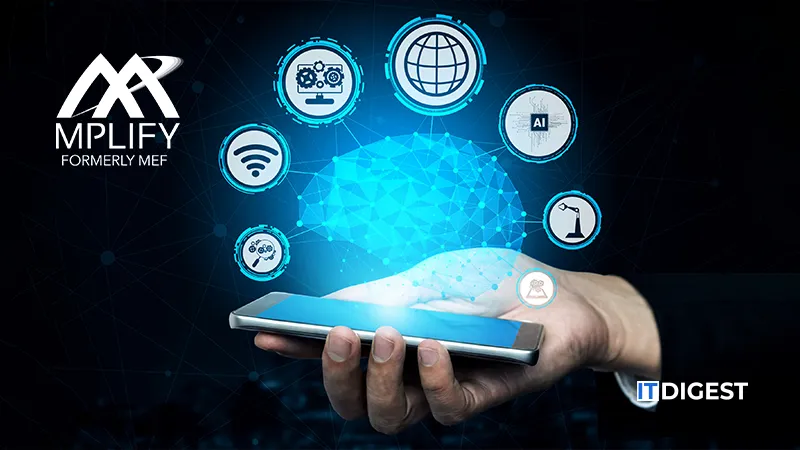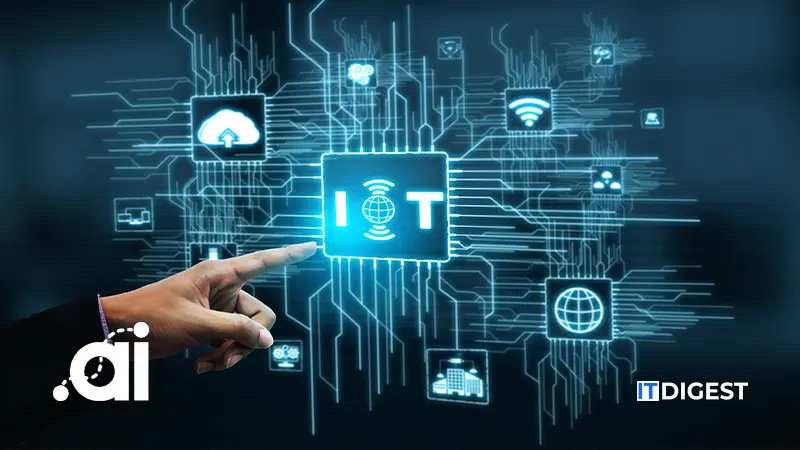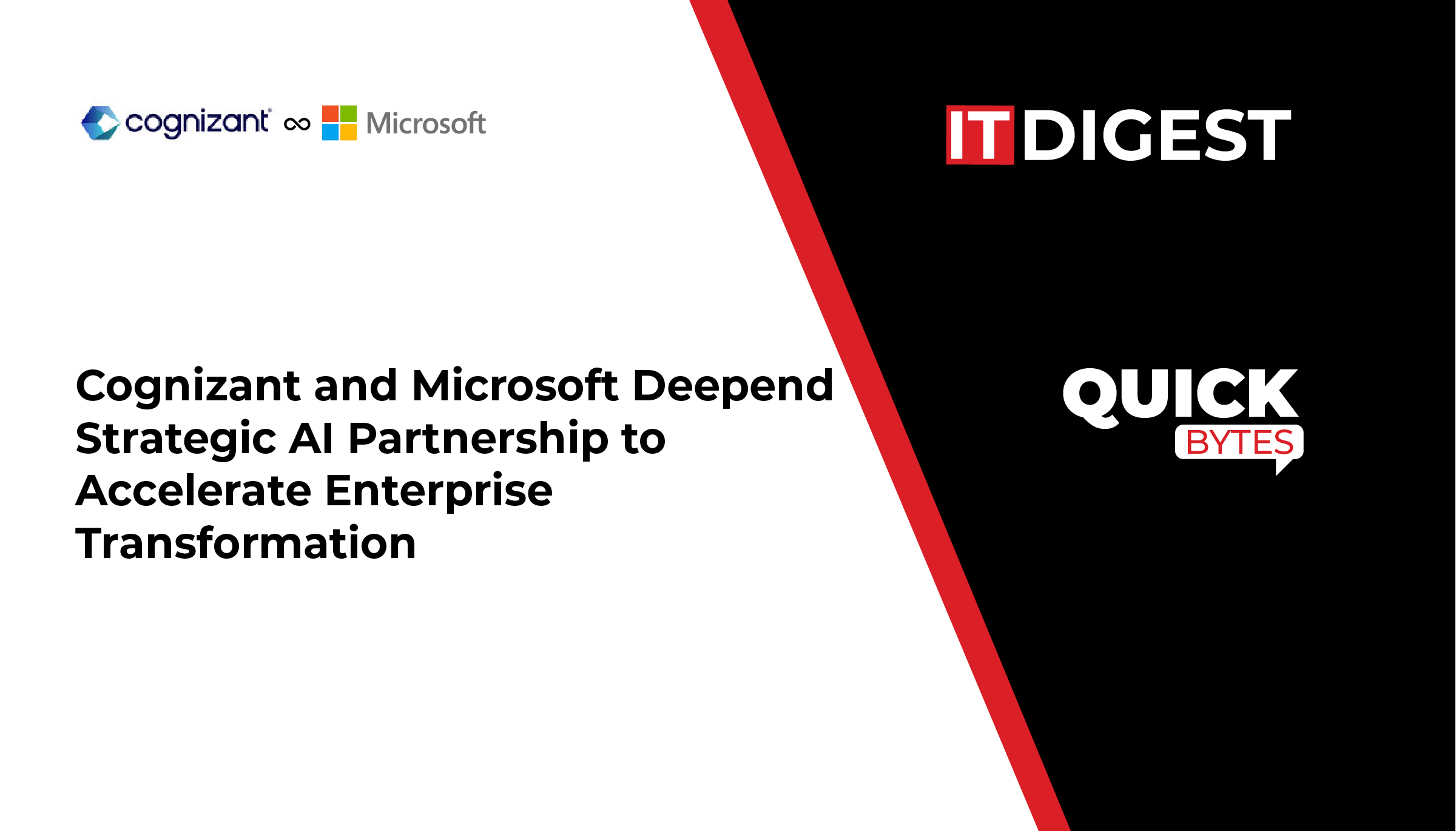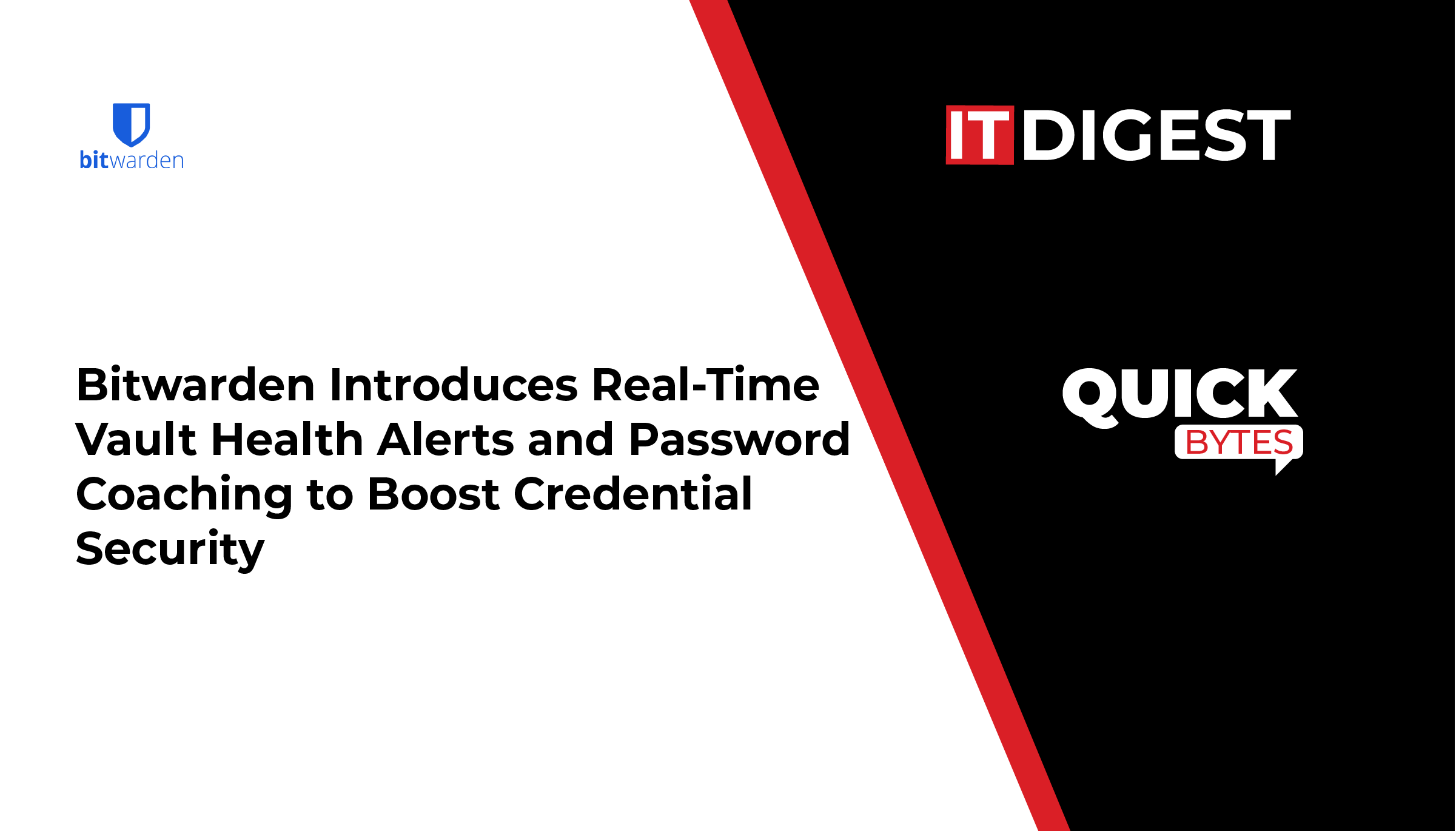Latest platform release delivers modular, multi-tenant capabilities that enable scalable asset intelligence for partners in healthcare, construction, energy, entertainment, and defense
Dot Ai, an IoT and AI-based SaaS company at the forefront of Asset Intelligence technology, announced the launch of Dot Matrix 3.0, the latest evolution of its Asset Intelligence platform. The release introduces a modular, multi-tenant architecture designed to deliver in-process visibility and secure asset management across a wide range of industries and environments.
With Dot Matrix 3.0, distributors, integrators, and operators can deploy and manage complex, multi-site programs from a single platform – accelerating rollout times, reducing cost to serve, and improving control over assets, materials, and personnel.
“Dot Matrix 3.0 was built to serve the realities of connected operations – modular by design and ready for any environment,” said Ed Nabrotzky, CEO of Dot Ai. “Whether it’s ensuring secure access in healthcare facilities, managing materials in construction and energy projects, supporting readiness across defense and government operations, or enabling smarter logistics for entertainment venues, this release gives organizations a flexible foundation for in-process intelligence at scale.”
Also Read: Kontron & EIZO Partner to Expand VPX CPU/GPU Platforms
Dot Matrix 3.0 extends the company’s foundation for enterprise growth following recent milestones, including new hardware platform orders and expanded manufacturing operations in Puerto Rico. Together, these advancements position Dot Ai to meet accelerating global demand for integrated hardware, software, and AI-driven analytics that enhance efficiency, safety, and quality across industries.
The 3.0 platform introduces secure multi-tenancy, continuous integration and delivery (CI/CD), and advanced access controls – empowering partners to manage multiple customers, sites, and use cases with auditable precision. It supports a full spectrum of applications, from tracking equipment and materials in construction, mining, utilities, and energy, to monitoring movement and access in healthcare systems, entertainment venues, and government facilities, and providing in-process data feeds to automated guided vehicles, mobile robots, and drones.
Source: Businesswire


